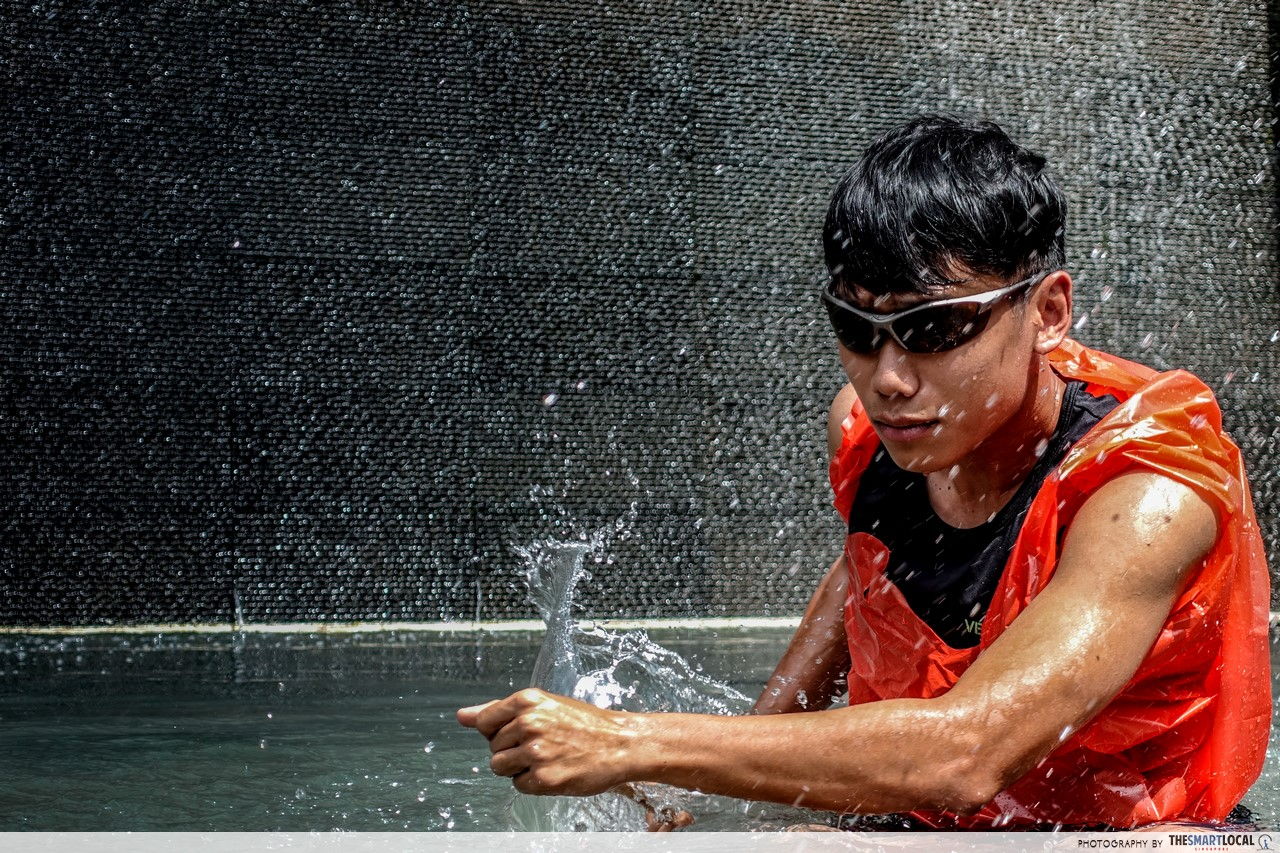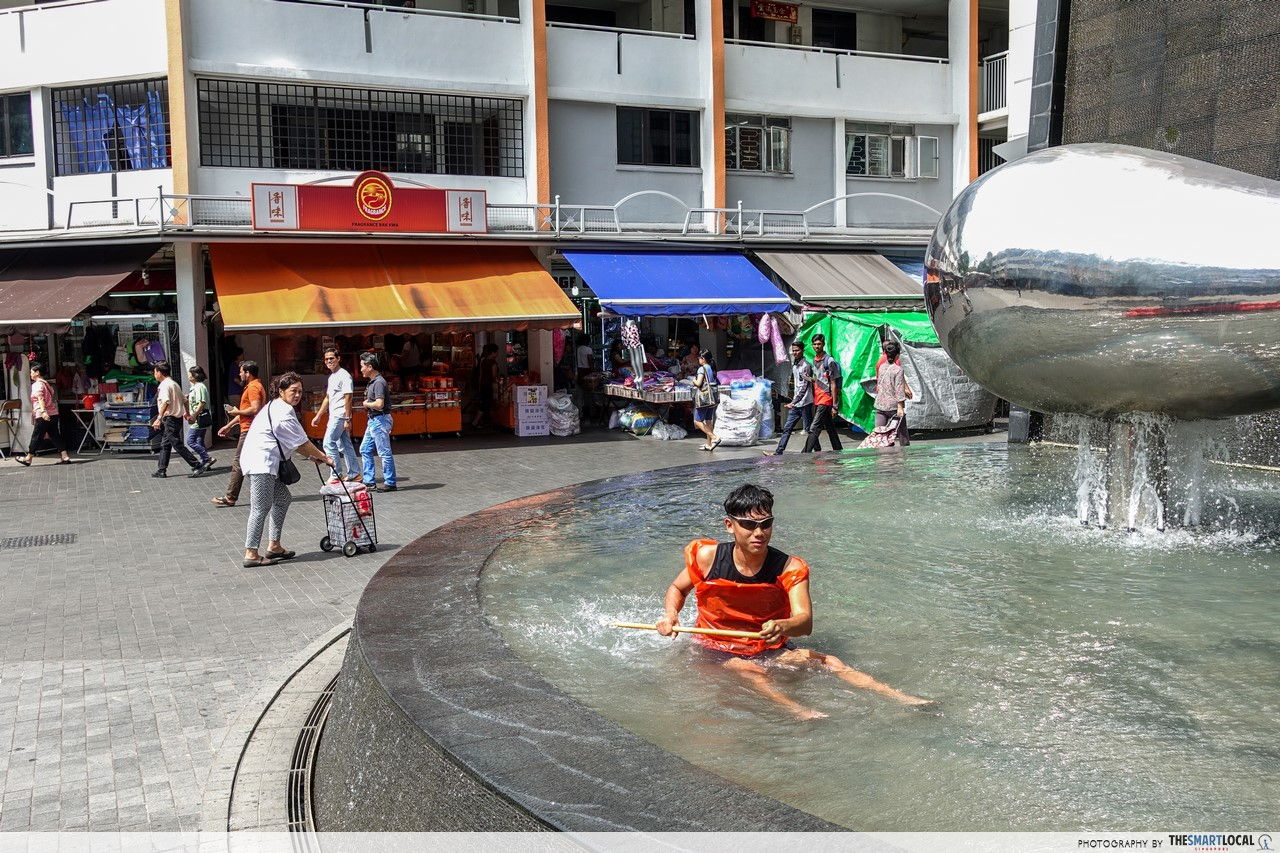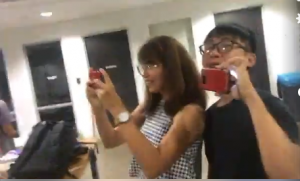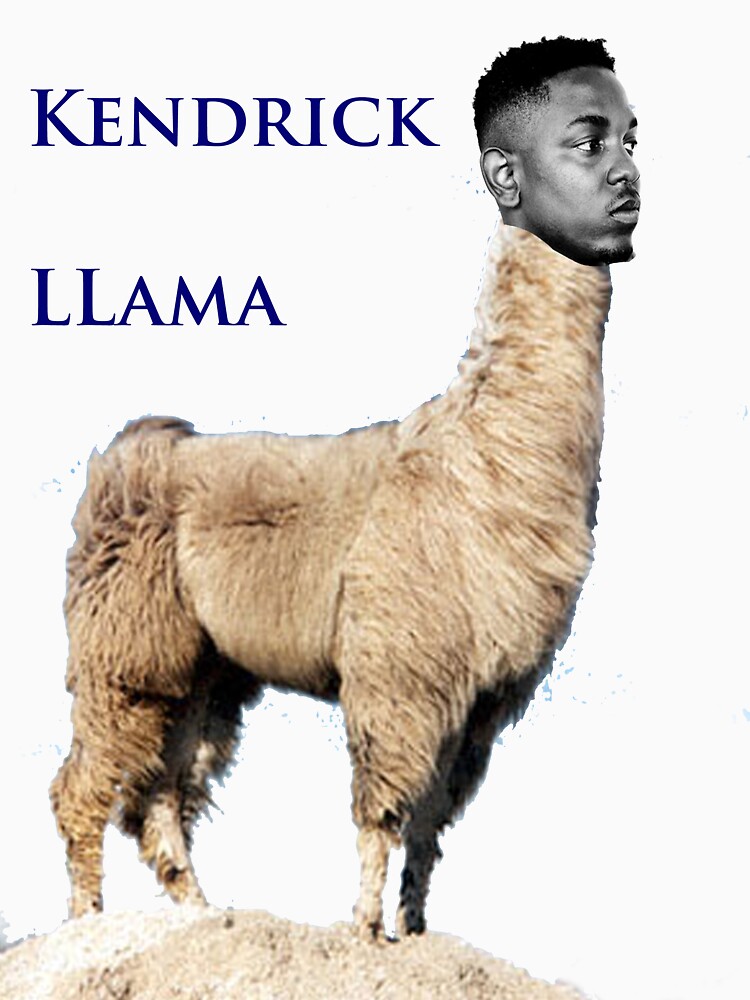As I sat back and watched the one hour documentary, I was furiously penning down the thoughts I had as the segments played. The video was no doubt a documentary of a ground-breaking moment in history for television, video or media in general. I also found it weird that i’ve not came across this study as a mass communication student back in poly.
For the first half of it, I initially thought the whole movement by Videofreex could be summarised with the word ‘unregulated’. As I watched on and reiterated my thoughts, I came to a conclusion that it’s more than a basic level of just broadcasting unregulated content.
There were a few levels in this media movement. This was the process that I thought was happening
> Unregulated content is broadcasted
> Boundaries surpassed (opening new ways of broadcasting content)
> Opens up different perspectives > challenges audience’s thought about content shown in the media
> social/political effects (change of views, different means of media distrbution (current day technology) etc.)
I’ll summarise the points that I felt Videofreex has created the most impact on
Breaking boundaries
Firstly, this whole movement by the Videofreex was more than just generating unregulated content – it was a media movement that surpassed boundaries by opening up a whole new world of possibilities in the world of media broadcasting. It has proven the possibility of distributing content that was personal and in its rawest form.
A member of Videofreex mentioned,
“On TV, you see everything except what is happening around you”.
Things changed with this movement – they managed to bring everyday content to the masses which was the harbinger of social media sharing today. What could our social media timeline look like if sharing of personal videos or daily lives weren’t possible? Or even on any broadcast channels?
If the Videofreex did not step over this boundary, I presume the world today to be more oppressed. Basically of people taking in regulated media content passively and believing things at it is. Based on their society or culture, some would tend to yearn for more daily-life and personal content while others will passively take in the information as seen through their screens.
Audience
As mentioned, this entire movement brought about new possibilities – one of which is the level of engagement with its audience. It broke the walls of having a one-to-many audience and stepping it up to a many-to-many audience. During their ‘live’ broadcasts, audiences were encouraged to call in, which opened up a gateway of communication between the broadcaster and its audience. This paradigm shift is formidably interesting in the 1960s/70s context as the stage was not solely on the broadcaster’s side but a new platform, The Third Space is formed. The audience are also part of the act and from there, more possibilities can happen from here.
What I like about their broadcasted videos:
A Sense of Intimacy with the events
A member of the videofreex mentioned,
“TV stations weren’t marching in the women’s march. We were the ones marching together in it”
There was a sense of intimacy in their pieces and in fact, I strongly feel this is what audiences want. It feels personal and makes the source more credible. There’s a sense of allure in honest content and personal accounts of events as opposed to a scripted piece of reportage.
Therefore, in our current day context, we see personal accounts of an incident/accident of Facebook which gathers more attention and credibility than a post from a news broadcaster. Similarly, we are more drawn to these unregulated posts as it shows us full content and details which might’ve been left out in regulated posts.
What they might’ve negatively impacted (through its possibilities in distribution)
Opening up the possibility of distributing and sharing any content that we want has its drawbacks, which is seen in our society today. For social media sharing, people get too casual in posting certain media and it goes through without being regulated (unless reported).
For example, I’ve scrolled through real content of beheading, suicide and accident videos and other forms of content that should be censored. It might be good that certain things blocked by mainstream media have surfaced online in favour of the public, but certain content has to be watched. All the more, if it happens during a ‘live’ broadcast, there is no way to edit the ‘boo-boos’ and certain parties have to be responsible for it.
In summary..
The documentary has provoked many thoughts about media sharing, namely the paradigm shift of traditional media broadcasting to the possibility of portable video filming and sharing personal content on the go that we have today.
And indeed, we are bombarded by information everywhere through the media but is each piece credible? As a leaving note for this post, I’ll post a question to ourselves: Are we a thinker or a believer?





































